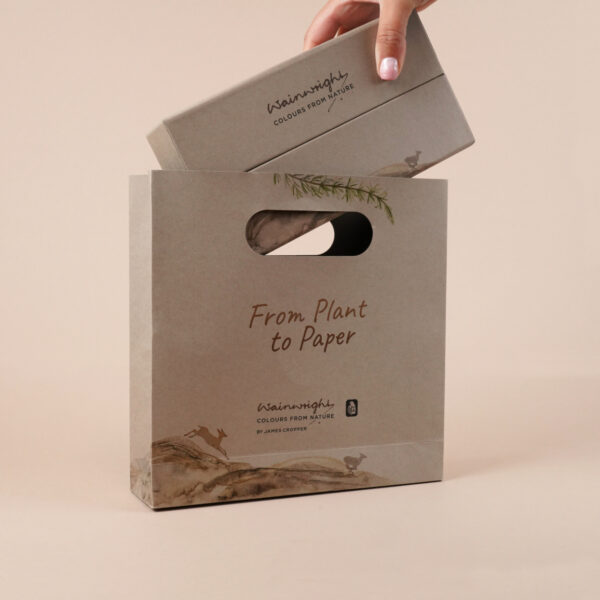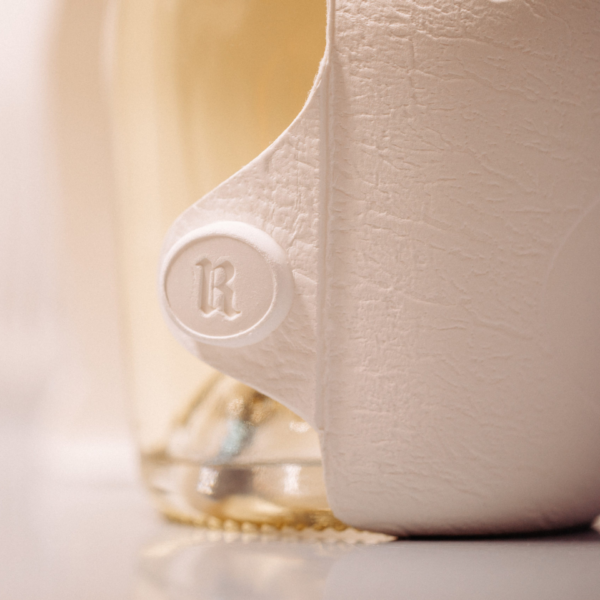It is still a challenge for luxury brands to put their trust in the quality of upcycled fibre.
The environmental opportunity is meaningful. Paper is one of the most widely recycled materials in the world. In 2021, 71.4% of all paper and board consumed in Europe was recycled and the total amount of paper and board collected and recycled increased by 2%, up to 57.1 million tonnes. Giving a second life to that recycled fibre as luxury packaging is a wonderful story to tell and one which we know consumers want to hear. So, what is holding the luxury market back from doing more?
We often get questions about the integrity of reclaimed fibre because of the degradation which happens over time and reuse, resulting in a loss of strength. This is a bit of a misnomer; in our established supply chains the fibre we use is typically being recycled for the first time, and as such is pretty much indistinguishable in terms of strength from fresh fibre. Likewise, there are questions around imperfections that might be visible in the final sheet.
These visible imperfections may be specks of dirt or a phenomenon known as ‘shive’. When processing fibres, some can be pressed and compacted and these small clumps of fibre are generally more visible in darker grades, and often attributed to processing recycled content.












